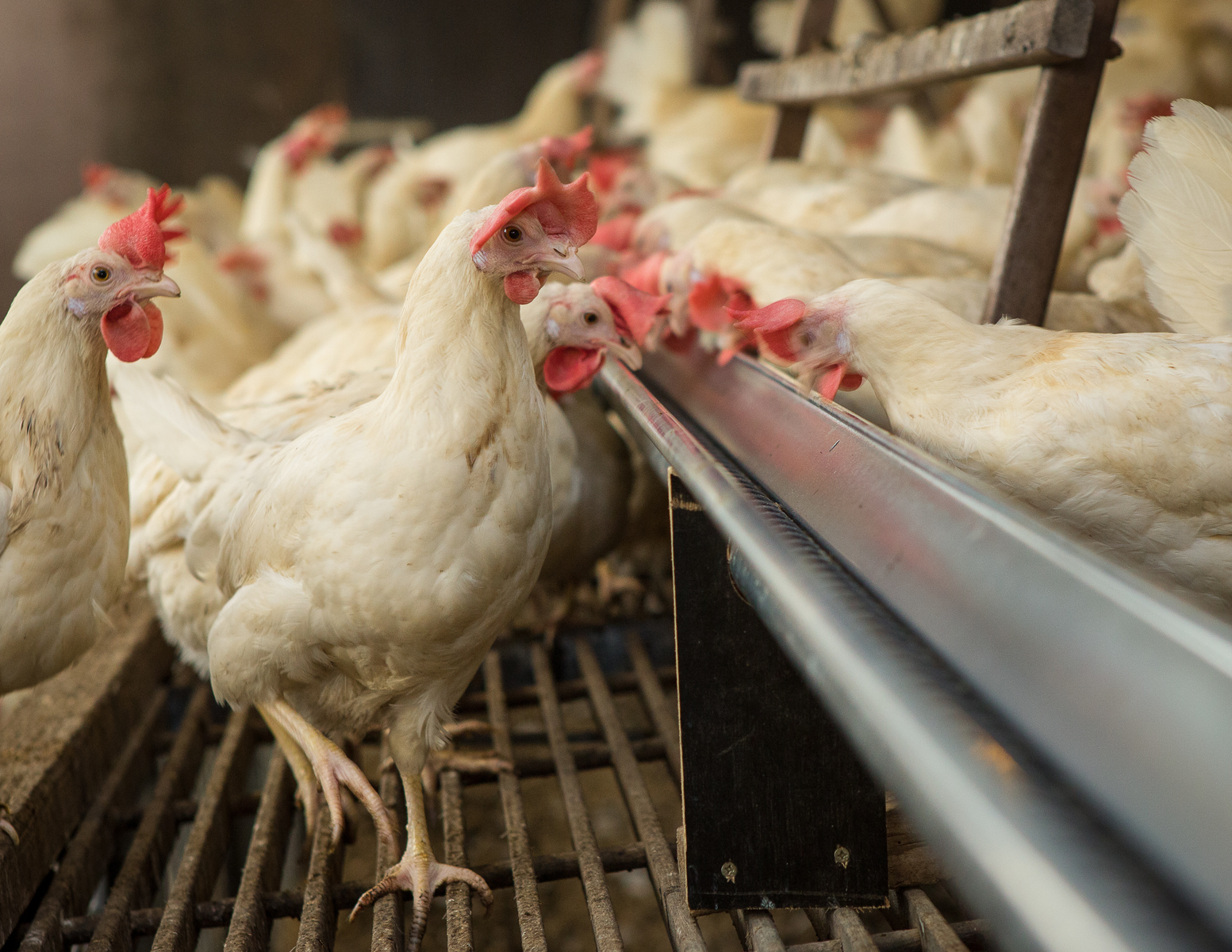Beating Salmonella with RFCs

Studies with refined functional carbohydrates (RFCs) show a reduction in Salmonella prevalence in breeding hens. This feed additive, harvested from yeast cells, also has positive effects on some egg parameters.
It is not easy to break the disease cycle of pathogens like Salmonella. That it because Salmonella infection and spread can occur at any point in a poultry production system. Multiple points of entry to poultry facilities, contact with wild birds, rodents and other animals, as well as biosecurity breaches can make it difficult to prevent pathogen spread. However, the implications for animal health and productivity, along with food safety concerns, mean poultry producers must focus on ways to keep Salmonella out of poultry production. As a result, control measures need to be enforced at each point of poultry meat and egg production.
Refined Functional Carbohydrates help prevent spread of Salmonella
Failure to do so has very real consequences. In the European Union (EU), more than 100,000 human cases of Salmonellosis are reported each year. The European Food Safety Authority has estimated that the overall economic burden of human Salmonellosis could be as high as €3 billion a year. Nutritional solutions like Refined Functional Carbohydrates (RFC) can help provide ways to prevent the spread of Salmonella and other pathogens while delivering nutritional benefits. RFCs are the components harvested from yeast cells (S. cerevisiae) using specific enzymes during the manufacturing process. This enzymatic hydrolysis yields: MOS (Mannan Oligosaccharides), Beta 1,3-1,6 glucans and D-Mannose. These compounds are naturally present in all yeast cells, but are not readily bioavailable. The method of processing used to refine the yeast cells influences the size and structure of these liberated components, which, in turn, affects bioavailability and functionality. Research shows that each RFC has a specific mode of action and outcome when fed to poultry and livestock. In the case of poultry, RFCs interfere with Salmonella’s adherence to the intestinal tract, as well as agglutinate the bacteria to render it harmless once it passes through the intestinal tract. Furthermore, because of the multi-functional nature of RFCs (reducing the effects of harmful pathogens, as well as mycotoxins in feed) less energy is needed for fighting disease challenges and supporting the immune system, making more energy available for growth, synergistically helping poultry performance.
No evidence of caecal Salmonella
Scientific studies verify the positive benefits of RFCs to help control Salmonella in breeding hens. For example, a 2015 study conducted in the United States at the North Carolina State University found that prevalence of caecal Salmonella in breeder hens fed the control diet (which did not contain any RFCs), was 71.4%. Meanwhile, prevalence of Salmonella in breeder hens (at 65 weeks of age) fed the RFC diet was 0%. When broiler progeny (at 34 days of age) of these birds were fed the same diet as their parents (breeders), broilers on the RFC diet contained no evidence of caecal Salmonella. However, 12.5% of broiler progeny caeca contained Salmonella when not fed a diet containing RFCs. The researchers concluded that the supplementation with RFCs prevented caecal Salmonella colonisation in the pullets and the organism passed harmlessly through the animal, reducing the odds of infection. Ultimately, these data from multiple research trials show that you can depend on RFCs to enhance your flock’s health and productivity while reducing the unwanted spread and negative effects of Salmonella.
Effect on egg parameters
Researchers recently examined whether RFCs can offer the same efficiency benefits for layers as has been shown in broilers. In other words: can RFCs positively influence egg parameters like they can improve broiler efficiency? At the same time, the researchers also explored how well RFCs compare to some other common feed additives. The study was conducted in Guatemala and featured 200 Lohman White Classic layers at 28 weeks of age. The birds were allotted into five treatments in a completely randomised block design. The 10-week study included 4 birds per cage, with 8 replications per treatment. The birds were given a two-week adaptation period that was followed by 8 weeks of data collection. A basal layer diet was formulated to meet the strain of egg-type chicken used. Water via 2 nipple drinkers per cage and mash feed prepared at a commercial feed mill was provided. In addition, 14.5 hours of total light (3.5 hours of artificial light) was provided during the study.
More eggs per hen
Data showed that RFC results were excellent compared to some of the other competitors. RFCs were very good at improving both egg production efficiency as well as improving some of the egg parameters, supporting its application in the layer industry very well. All treatments improved egg production compared to control, but RFCs gave the largest numerical improvement in percent production and number of eggs/hen housed compared to other feed additives tested (Figure 1). Feed efficiency was improved in hens supplemented with RFCs and an herbal extract compared to all other treatments (P<0.05) (>Figure 2). In addition, results also showed that egg weight was not affected by treatments. Egg yolk color and Haugh units were significantly higher in hens supplemented with an antibiotic, RFCs and an herbal extract compared to control and probiotic. Lastly, egg shell thickness was highest in hens receiving an herbal extract and lowest in those receiving the probiotic, with all other treatments being intermediate (Table 1).</0.05)>
Conclusion
Therefore, the researchers concluded that RFCs fed to layers resulted in the largest improvement in layer performance while improving some egg parameters compared to other feed additives tested.
References are available on request.
For more articles from the latest issue of All About Feed, go to the digital magazine and sign in with your usual log in details.











